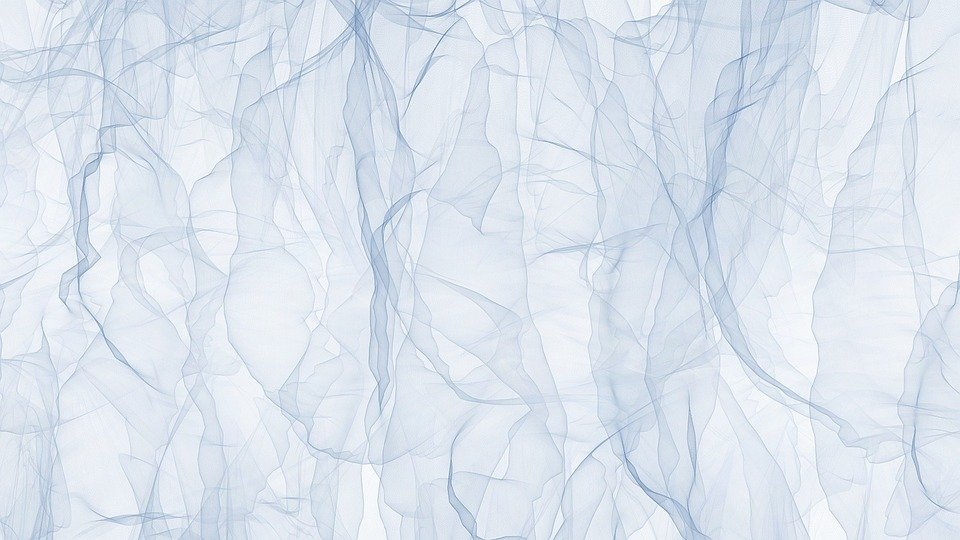Introduction
Art has always been a reflection of the times we live in. From the Renaissance to the Impressionist movement, artists have used the tools and technology of their era to create groundbreaking works of art. In today’s digital age, technology is revolutionizing the art world once again, giving rise to a new form of art: digital art.
The Evolution of Digital Art
Digital art is a form of art that uses digital technology as part of the creative process. It can encompass a wide range of mediums, including digital painting, photography, animation, and even Virtual reality. With the advent of powerful computers, software programs, and digital tablets, artists now have a whole new set of tools at their disposal to create stunning works of art.
One of the earliest forms of digital art can be traced back to the 1950s, when artists began experimenting with computer programming to generate visual images. As technology advanced, so did digital art, with artists using software programs like Adobe Photoshop and Illustrator to create intricate digital paintings and illustrations.
The Impact of Digital Art
The rise of digital art has had a profound impact on the art world. It has democratized the creative process, making it more accessible to a wider audience. With digital art, artists no longer need expensive materials or a physical studio space to create art. They can now create stunning works of art on their laptops or tablets, and share them with the world through social media and online galleries.
Digital art has also opened up new possibilities for collaboration and experimentation. Artists can now easily collaborate with other artists from around the world, sharing ideas and techniques in real-time. They can also experiment with new mediums and techniques, pushing the boundaries of what is possible in art.
The Future of Digital Art
As technology continues to advance, the possibilities for digital art are endless. With the rise of Virtual reality and augmented reality, artists can now create immersive and interactive art experiences that blur the line between the physical and digital worlds. Digital art is also becoming increasingly integrated into other forms of art, such as film, music, and fashion.
One thing is clear: digital art is here to stay. As technology continues to revolutionize the art world, artists will continue to push the boundaries of what is possible in art, creating new and innovative works that challenge our perceptions and expand our understanding of the world around us.
FAQs
What is digital art?
Digital art is a form of art that uses digital technology as part of the creative process. It can encompass a wide range of mediums, including digital painting, photography, animation, and even Virtual reality.
How has digital art impacted the art world?
The rise of digital art has democratized the creative process, making it more accessible to a wider audience. It has also opened up new possibilities for collaboration and experimentation, pushing the boundaries of what is possible in art.
What is the future of digital art?
As technology continues to advance, the possibilities for digital art are endless. With the rise of Virtual reality and augmented reality, artists can now create immersive and interactive art experiences that blur the line between the physical and digital worlds.

